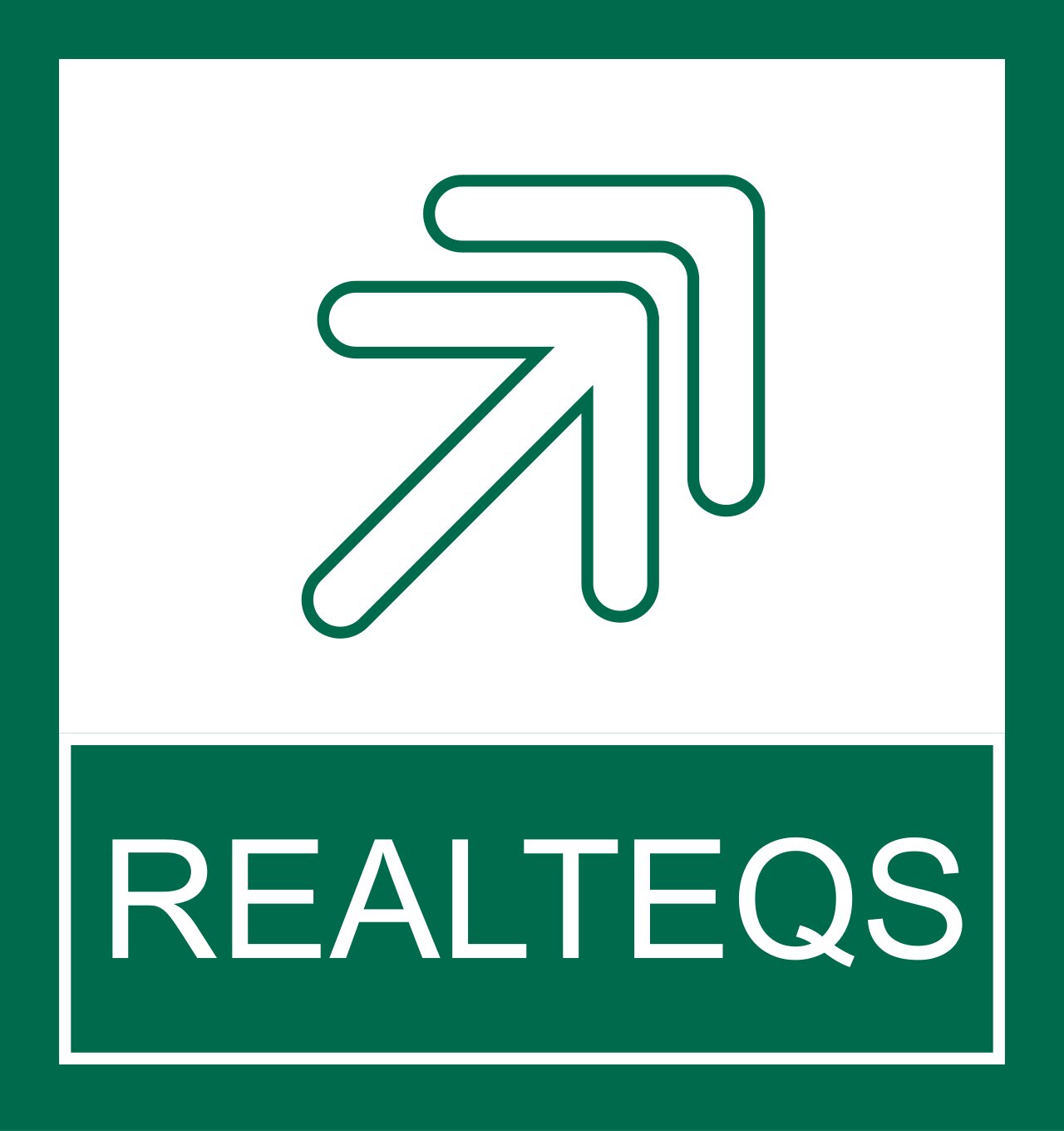
The page you are looking for might have been removed
had its name changed or is temporarily unavailable.
© 2020 Realteqs. All Rights Reserved. | Terms of Use | Privacy Policy
Explore global opportunities and solution for all your construction related requirements
Best price products, quality products and materials from trusted suppliers around the globe at your finger tips.
We connect you to best innovative solutions for all your construction needs
Access the massive data and up-to-date contact information for Employers, architects, developers, and engineers to build relationships vital to your company’s success.
Our Consultant will contact you shortly.
For any queries please contact us on +971 501898250 or [email protected] or [email protected]